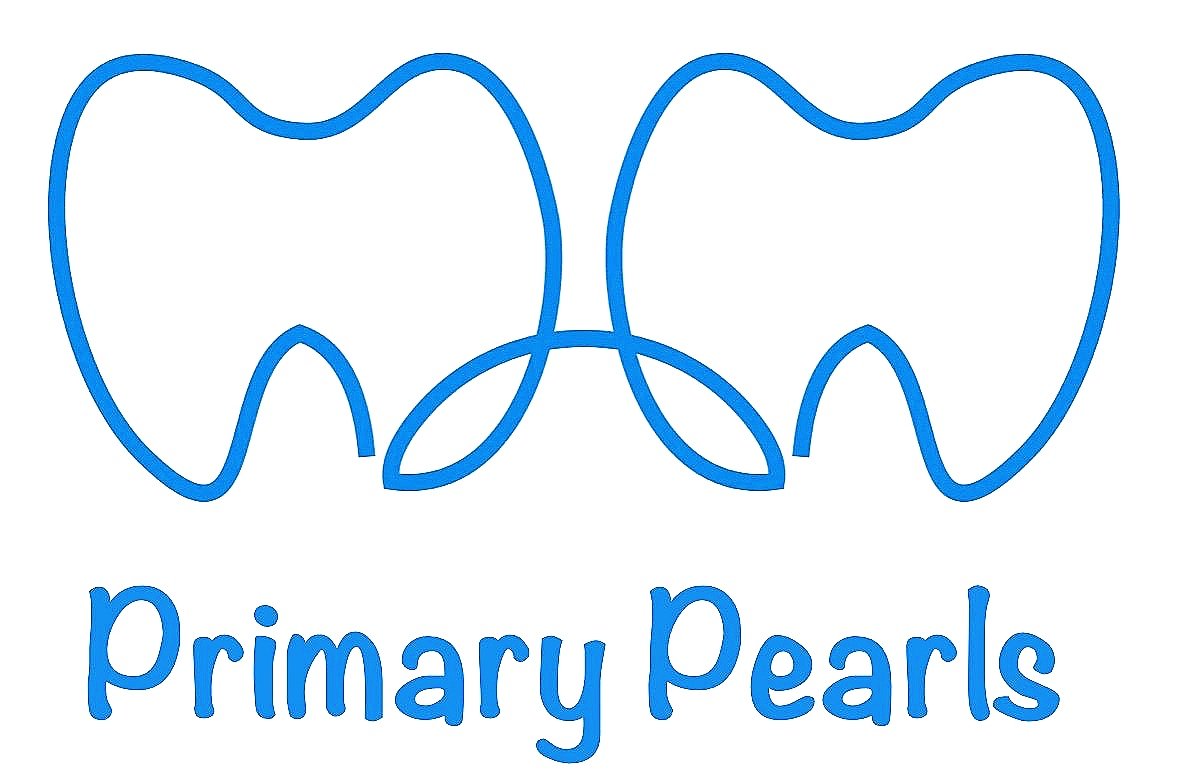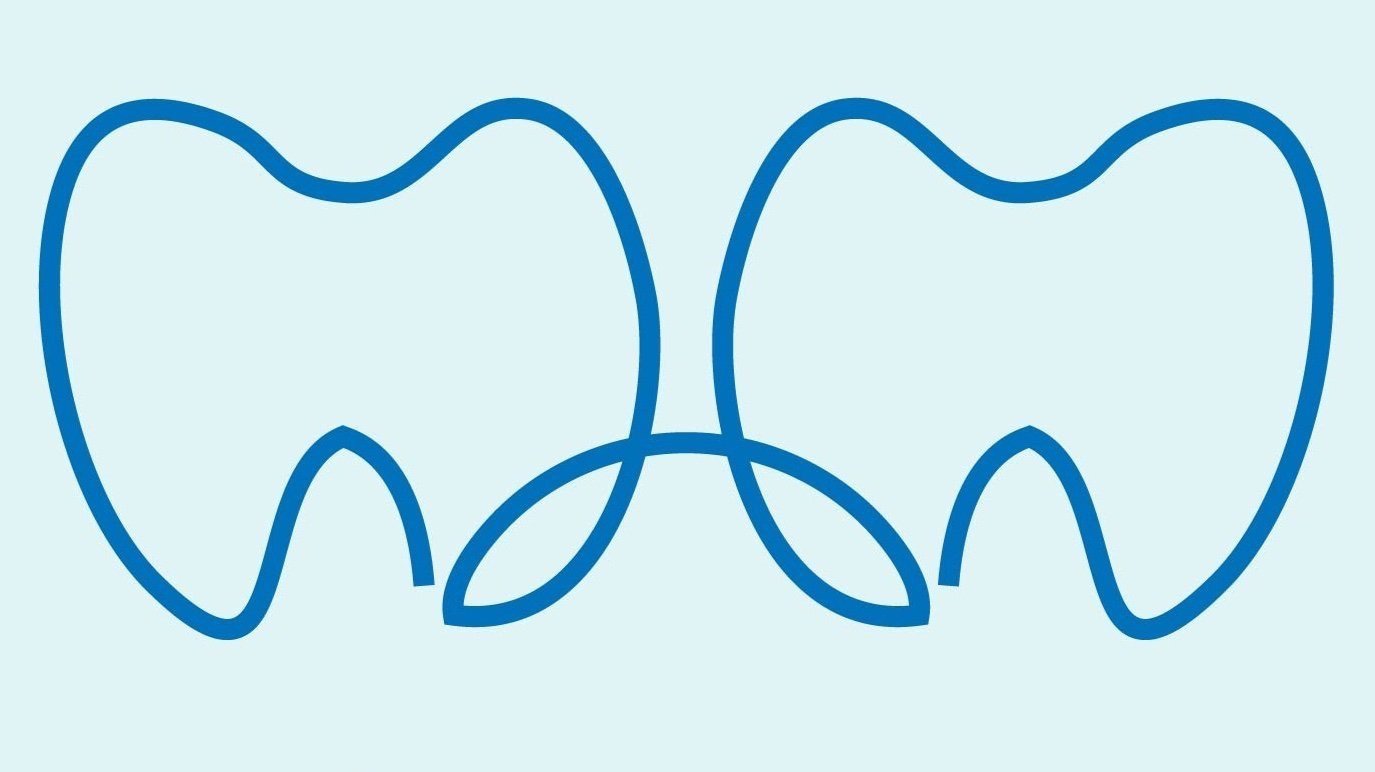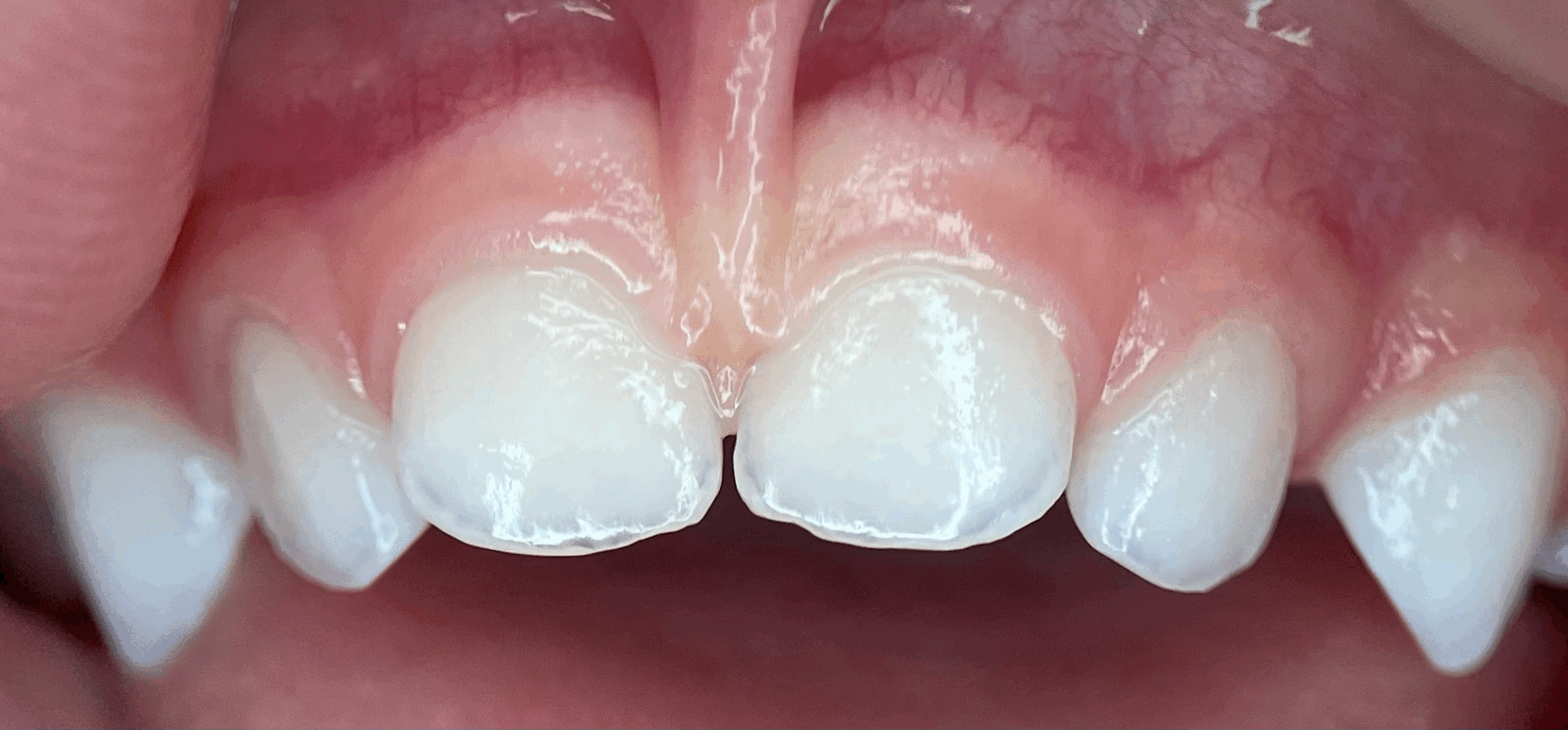Does Breastmilk Cause Cavities?
Short answer. No, not by itself. Long answer. It’s multifactorial. But, first things first.
What is in Breast milk?
Breast milk is a nutritious fluid that is produced by the mammary glands of lactating mammals, including humans. It can provide nutrients, antibodies, and other substances that support the growth and development of infants.
Breast milk includes:
Carbohydrates - mainly lactose, which provides energy for the child. This is our area of focus as a pediatric dentist trying to prevent cavities.
Proteins - provide essential amino acids for growth and development.
Fats - support brain development and provide energy.
Vitamins and minerals - vitamins A, D, E, K, and B vitamins, as well as minerals such as calcium and iron.
Immunoglobulins and other immune factors - provide antibodies and other components of the immune system to help protect against infections and diseases.
Growth factors and hormones - support the development of tissues and organs.
Note that the composition of breast milk can change depending on the stage of lactation, the health and nutritional status of the mother, and other factors.
If a sugar (Lactose) is in Breast milk, can it cause cavities?
According to a study by Erickson in 1999, the lactose in breast milk alone does not cause the salivary pH to drop enough to cause cavities. So, it appears that breast milk alone will not cause cavities.
However, if you add another sugar to breast (like sucrose), the pH WILL drop low enough to cause cavities. More on this later.
So why do some children who breast feed throughout the day and night get cavities and other don’t?
Let me give you an example. Here are two different children.
These are the teeth of a 24 month who breast feeds on demand. Other than breast milk, this child only drinks water and eats a healthy diet of fruits, veggies, meats, but limits sugar-ladened foods.
In contrast, these are the teeth of a 24 month who breast feeds throughout the day and night, but also drinks juice on demand and consumed a high sugar diet.
So what’s the difference?
It’s no coincidence that you start introducing different fluids and foods at 6 months of age - the same time your child starts to get teeth.
The difference is diet. Children that consume a high carbohydrate/sugar diet (sucrose and fructose) are at a much higher risk of developing cavities than those children that do not.
If residual sucrose or fructose is in the mouth, especially at night, the breast milk from nursing will pool in the mouth and create a favorable environment for bacteria to grow and lead to tooth decay.
Additionally, if a breastfeeding mother has poor oral hygiene or dental health, she may be at a higher risk of transmitting harmful bacteria to her infant's mouth during feeding. Although, this is semi-controversial/un-proven.
What can I do to prevent cavities?
Ideally, it's important to practice good oral hygiene for infants and young children, regardless of whether they are breastfed or bottle-fed. This includes wiping the gums and teeth with a damp cloth or wipe after every feeding. We realize this is likely not realistic if your child is feeding multiple times throughout the night.
More importantly, both in the short and long-term, avoid sugary and acidic drinks, and limit carbohydrate-laden snacks. Limiting other sugar sources will help keep your child’s teeth, and overall health in great shape.
If you’re doing the best you can, when should you be concerned?
If you start to see white marks along the gum line (as pictured above), this is the start of cavities. Dental cavities are a result of many factors. If you see this, contact your local dentist or pediatric dentist.
If you have any other concerns about your child's oral health or dental care, it's always a good idea to speak with a dental or medical professional for advice and guidance.
We want to support your breast feeding child in every way possible, but we want to keep their teeth healthy too! Remember - Little Changes make Big Improvements!





